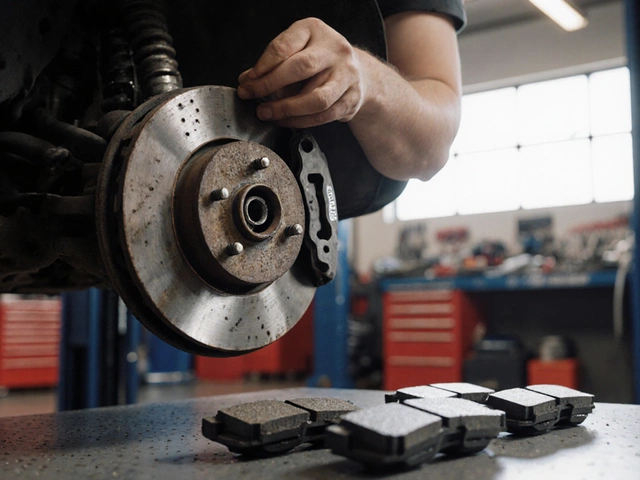
Car Radiator: What It Does, Why It Matters, and What You Need to Know
When your engine runs, it gets hot—really hot. That’s where the car radiator, a core component of the engine cooling system that transfers excess heat from coolant to the air. Also known as engine radiator, it’s not just a metal box under the hood—it’s the reason your engine doesn’t turn into scrap metal after 20 minutes of driving. Even if you drive an electric vehicle, you still have a radiator. It’s just smaller, smarter, and handles heat from the battery and motor instead of a gas engine.
The engine cooling system, the full network of hoses, pumps, thermostats, and coolant that works with the radiator to regulate temperature doesn’t just keep things cool. It keeps things running. A clogged radiator, a leaking hose, or a faulty water pump can turn a $150 fix into a $3,000 engine rebuild. And it’s not just about temperature—modern cars use coolant to manage battery heat in EVs, making radiator health even more critical than it was 20 years ago.
The radiator replacement, the process of removing and installing a new radiator unit, often required due to corrosion, leaks, or blockages isn’t something you can ignore. You won’t always hear it failing. No loud bang. No warning light until it’s too late. But you’ll feel it—the engine overheating on a highway, the smell of hot coolant, the steam rising from under the hood. Some cars still use traditional aluminum radiators with plastic tanks. Others use all-aluminum designs or even integrated heat exchangers in EVs. But they all do the same job: pull heat away before it destroys your engine.
And here’s the twist: just because your car has a radiator doesn’t mean it works like your grandpa’s old sedan. Today’s systems are tighter, faster, and more sensitive. A tiny leak that would’ve been ignored in 2005 can now trigger a full shutdown in a 2025 model. Electric vehicles don’t need big radiators, but they need them more precisely placed and better maintained. That’s why understanding your cooling system isn’t optional anymore—it’s essential.
What you’ll find below are real stories from people who ignored their radiator until it cost them thousands. Guides on spotting early leaks. How to tell if your radiator is clogged without taking it apart. Why some "coolant flushes" do more harm than good. And how modern EVs handle cooling differently than gas cars—without you even noticing.
-
7 Apr

-
10 Mar

Understanding Car Radiators: The Heartbeat of Your Cooling System
Car radiators are vital for keeping your engine cool. They work by transferring heat away from the engine with the help of coolant. Knowing how radiators function can help you spot problems early, saving you time and money. This article covers what radiators do, tips on maintenance, and how to know when they need attention. -
21 Jan

DIY Car Radiator Replacement: A Step-by-Step Guide
Replacing a car radiator doesn't have to be a task reserved for trained mechanics. With the right tools and a little patience, many car enthusiasts can undertake this task themselves. This article walks you through the basics of car radiator replacement, helping you understand when and why replacement is necessary, and providing actionable steps to ensure a smooth process. Learn practical tips and avoid common mistakes in this comprehensive guide.





